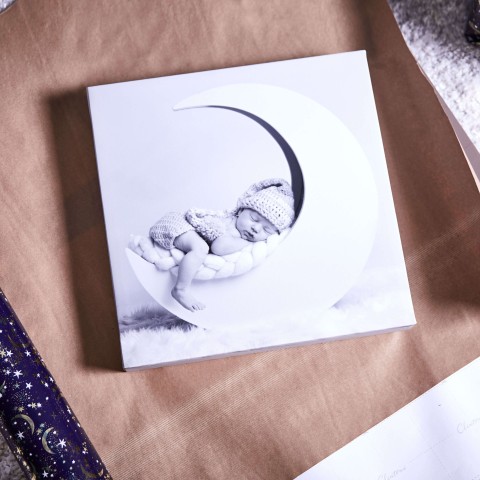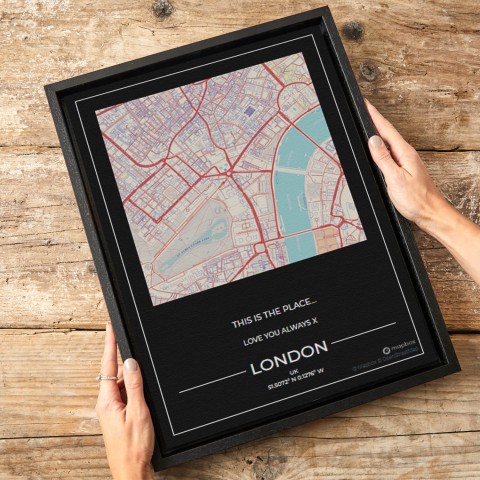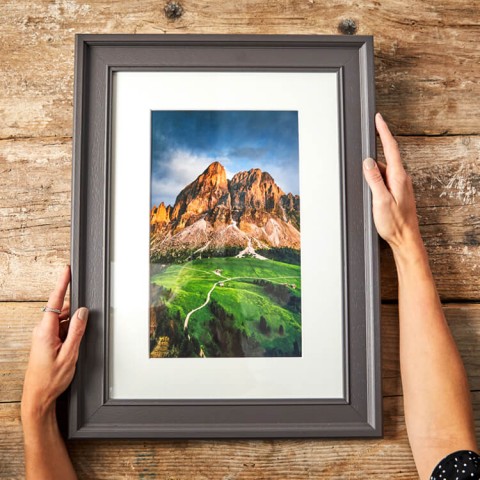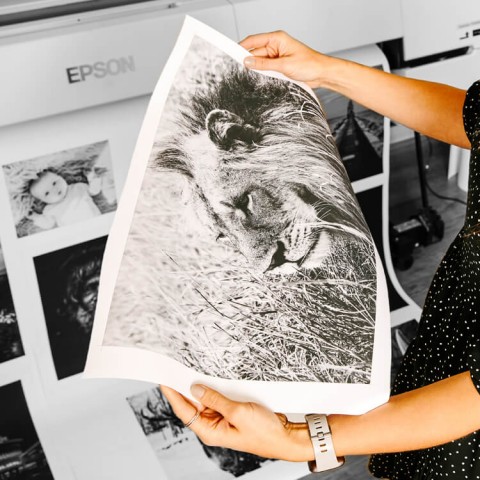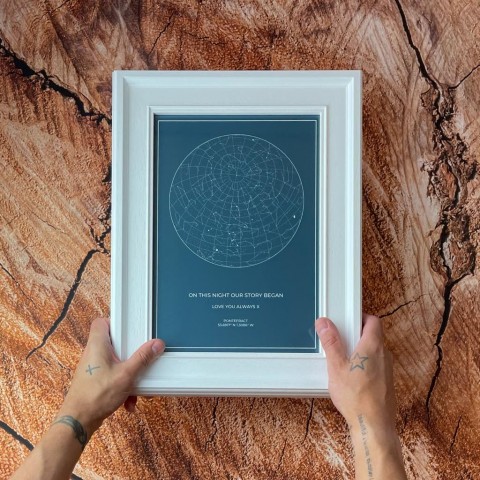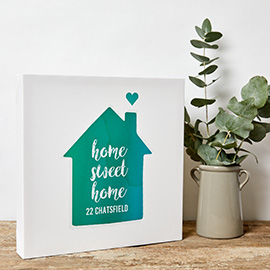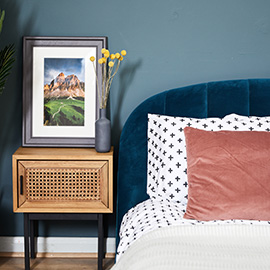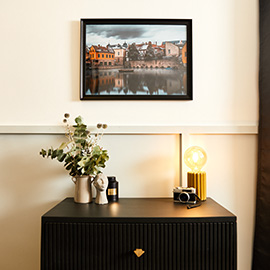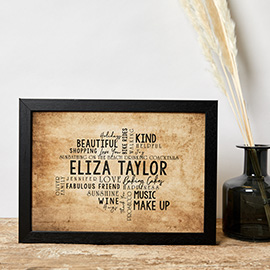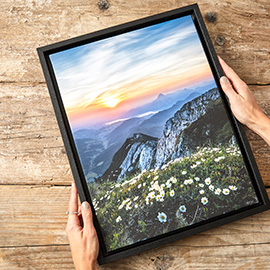Five Tips To Improve Your Post Processing Ready For Print
Following up from last week’s blog about getting your colours right for printing, here’s another article that will help you with the post production, or processing of your photos...
It's best to consider post processing as the delicious icing on the chocolate cake of your images - it's not completely necessary, but will give you extra reason to smile! If you want your prints and canvases to have that wow factor, you need to know when to add a little pop and, more importantly, when to stop. These simple tips will get you on the right track.
1 - Calibrate your screen
We've said it before and we'll say it again - if your screen isn’t calibrated, you’ve got no chance of producing great prints and canvases. You could be the master of post processing, but if your screen is too bright or the colour balance is off, your final output will be all over the place. Calibrate your screen and you can have confidence that what you see is what you'll get.
2 - Get your sharpening just right
Every image you shoot will need a degree of sharpening, but for prints you need to go a little further. For internet viewing, an image that's in focus and shot with a decent lens will need only a slight adjustment in Lightroom, but when printing, the ink tends to produce a slight bleed effect which softens the shot. This means that you'll need to be a little more aggressive with the sliders and push the sharpening almost to the point of haloing. It'll look a bit ropy on your screen, but will produce nice sharp prints.
3 - Be consistent
One thing that marks out experienced photographers over beginners is consistency throughout a set. A new photographer will, for example, have a few shots colour popped, a couple with selective colour, one in sepia and another with a funky split colour profile. The shots themselves might be great, but as a whole they're a mess... and they'll look terrible on your wall. The better photographer chooses a style that suits the set of photos and lets the images speak for themselves.
4 - Be really consistent.
It's not enough to keep your processing consistent in style - it's also so important to get the basics right. Make sure the whole set of photos has consistent white balance and exposure. This is made easy in Lightroom, as you can choose a white point and add it to the whole set. Make sure the whole set looks like they've been shot on the same day, not six months and two seasons apart!
5 - Less is more
The best lesson you'll ever learn with processing is that less is more. When you learn a new technique, there's a tendency initially to get carried away. This is natural, but overzealous processing can ruin your shots. Work on your images and then leave them alone for a few days - when you go back to them if you need to don sunglasses for fear of radiation burns, it's probably a good idea to pull those sliders back. The subject should be the star of the show, not the wacky processing.
Tags canvas print


